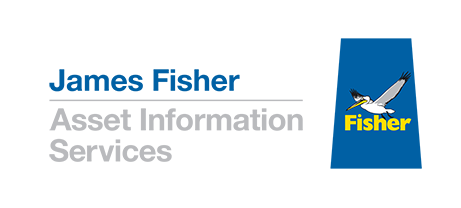Challenge
Indonesia’s vast motorway network spans thousands of kilometres and hundreds of bridges, many of which require constant monitoring due to geological risks such as earthquakes, landslides, and structural degradation. Managing these assets efficiently presents several key challenges:
- Siloed and unstructured data – Critical asset information is scattered across Google Drives, Excel sheets, and disconnected systems, making it difficult for teams to access up-to-date records.
- Lack of visual representation – Engineers and maintenance teams rely on schematics rather than real-world visuals, leading to delays in understanding asset conditions.
- Remote and inaccessible locations – Many bridges are hours away from major cities, making inspections and surveys time-consuming and costly.
- Slow response to structural issues – Without real-time data integration, reacting to potential failures is slow, increasing risks and maintenance costs.
To address these inefficiencies, the client sought a digital solution to centralise infrastructure data, integrate existing Structural Health Monitoring Systems (SHMS) and IoT sensors, and provide a real-world visual representation of assets for better decision-making.
Solution
As part of a 6-month proof of concept, the R2S digital twin platform was deployed to visualise bridge assets, connect existing monitoring systems, and enhance data accessibility for all relevant stakeholders.
How R2S is Transforming Bridge Asset Management:
- Unified visual asset management
Bridges are now captured as high-fidelity, interactive digital twins, allowing teams to access a single source of truth for asset information.
Engineers can navigate through the infrastructure remotely, reducing dependency on site visits. - Integration with SHMS and IoT sensors
Live data feeds from SHMS and IoT systems are linked to the digital twin, enabling engineers to assess real-time structural conditions directly from R2S.
Reciprocal links allow users to view the real-world location of assets alongside performance metrics from connected systems. - Eliminating data silos and improving collaboration
Asset information previously stored in unstructured formats (spreadsheets, PDFs, shared drives) is now linked directly within R2S, making it instantly accessible.
External contractors and internal teams all work from the same digital model, ensuring consistent and efficient decision-making. - Faster maintenance planning and response times
Geospatially referenced tags allow engineers to quickly locate issues, access schematics, and retrieve historical maintenance records.
Response times to asset failures are significantly reduced, as teams no longer need to physically travel to assess an issue before planning remediation.
Impact
- Significant time savings in information retrieval
Previous search times of 2–5 minutes per record are now reduced to less than 5 seconds. - Reduced reliance on costly site visits
Engineers and maintenance teams no longer need to conduct routine site visits for information gathering, focusing resources on actual remediation. - Proactive infrastructure management
Integrated IoT and SHMS data enable predictive maintenance, allowing teams to act before failures occur. - Stronger knowledge retention and organisational resilience
As infrastructure personnel retire or change roles, R2S retains institutional knowledge, ensuring continuity of expertise and streamlined asset management.
Future Prospects
With infinite scalability, R2S can be expanded across the entire motorway network, offering the client a cost-effective, long-term digital transformation strategy. Future developments include:
- Deeper integration with asset management and maintenance tools – Direct linking to work order systems and predictive analytics platforms.
- Expansion beyond bridges – The same methodology can be applied to water treatment plants, hydro facilities, geothermal infrastructure, power transmission networks, and city infrastructure.
- AI-driven insights and automated reporting – Leveraging machine learning to predict structural risks and optimise maintenance schedules.
- By embracing digital twin, the client is future-proofing its critical infrastructure—enhancing efficiency, reducing operational costs, and improving response times.



 Read James Fisher and Sons plc's latest Annual Report
Read James Fisher and Sons plc's latest Annual Report